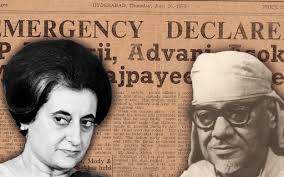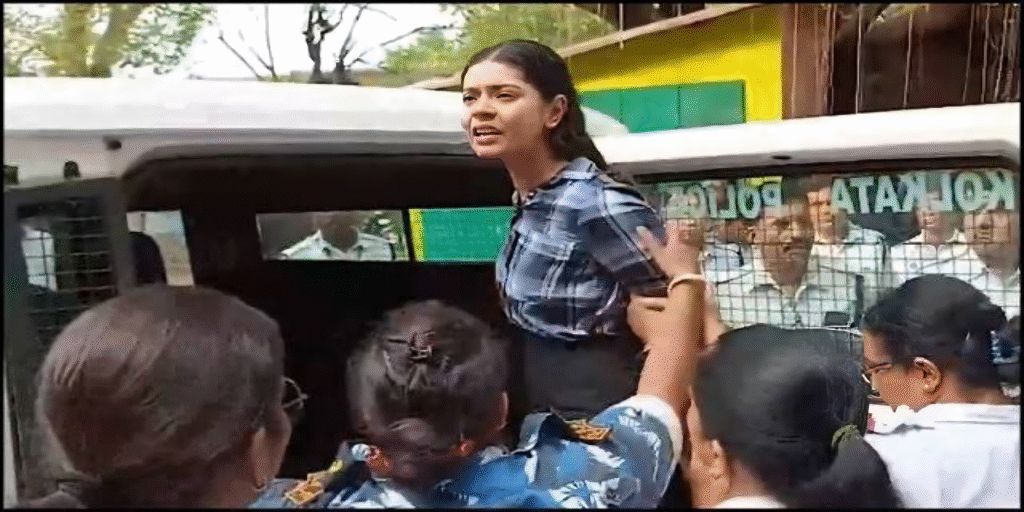On the mist-laden morning of April 29th, 2025, the quiet of Pahalgam—a valley long associated with spiritual calm and natural beauty—was shattered by an act of unspeakable terror. A well-planned ambush on an Indian Army convoy escorting Amarnath pilgrims turned the serene landscape into a theatre of bloodshed. Twenty-one Indian soldiers were martyred, and nine innocent civilians, including women and children, perished in the horrifying crossfire.
The nation mourned, but mourning soon gave way to a steely resolve. What followed wasn’t a hasty response made in the heat of public rage. It was a masterstroke of modern statecraft—a meticulously calibrated and deeply strategic operation—Operation Sindoor. This operation was not just India’s answer to a barbaric act but a silent proclamation that the Indian Republic had entered a new era of hard-nosed, multi-domain security doctrine.
I. The Pahalgam Attack: A Strategic and Emotional Earthquake
The Pahalgam massacre wasn’t merely another terrorist incident—it was a carefully calibrated provocation aimed at both India’s military and its civil society. The attackers, armed with high-grade weaponry traced back to American leftovers in Afghanistan, ambushed a slow-moving military convoy in terrain deliberately chosen for its religious symbolism and operational vulnerability.
Intelligence assessments later revealed that the group had infiltrated from across the Line of Control (LoC), aided by handlers stationed in North Waziristan. It was not a lone wolf attack, but a state-backed mission, executed with professional lethality.
India’s options were limited, but the calculus was complex. In a region where every strike carries the risk of nuclear escalation, decision-making cannot be impulsive. Yet, appearing indecisive was also not an option, especially under the political leadership of Prime Minister Narendra Modi’s third term—a tenure marked by strategic boldness and national assertiveness.
II. Strategic Planning in South Block’s Nerve Center
Inside the command centers of South Block, a war council was summoned within hours. The Prime Minister, flanked by National Security Advisor Ajit Doval, the Chiefs of the Armed Forces, RAW leadership, and the Defence Intelligence Agency, set the tone: This will not be a symbolic strike; this will be a recalibration.
From this council emerged the codename Operation Sindoor—an evocative reference to both sacrifice and sacred duty. “Sindoor,” the traditional vermillion worn by married Hindu women, became a national metaphor, representing the emotional core of India’s civilizational response to violence against its protectors.
Key Decisions:
Precision over Provocation: The operation would avoid civilian targets in Pakistan-occupied Kashmir (PoK), maintaining India’s image as a responsible global power.
Diplomatic Firewalls: Within 48 hours, External Affairs Minister Dr. S. Jaishankar launched back-channel diplomatic engagements with France, the U.S., Israel, Russia, and the UAE to insulate India from premature international pressure.
Cyber Frontline: India activated its Defence Cyber Agency to paralyze Pakistani air defense communications with support from Israeli intelligence tech—an unprecedented use of cyber-kinetic synergy.
Special Forces Mobilization: Elite units including 11 Para SF, Ghatak platoons, and the famed 2/4 Gorkha Rifles were green-lit for a deep insertion, bypassing traditional routes and deploying via high-altitude aerial drops under radar evasion protocols.
Deceptive Diversion: Meanwhile, mechanized units near the Rajasthan border simulated heightened activity to draw Pakistani surveillance focus away from the LoC.
III. Global Optics: Between Diplomatic Heat and Strategic Calm
On May 1st, China and Turkey triggered an emergency session at the United Nations Security Council. Their aim was to curtail India’s latitude by building a narrative of escalation. However, India’s diplomatic strategy—timed with almost mathematical foresight—preempted this.
For the first time since the Indo-Pak war of 1971, India categorically rejected third-party mediation, asserting its sovereign right to defend itself against “transnational terrorism emanating from failed states.”
Key Global Responses:
United States: Despite advising “measured response,” the Biden Administration (through Secretary of State Jake Sullivan) did not publicly condemn India’s actions—effectively granting a window of legitimacy.
France & Israel: Quiet approvals were given. Paris reaffirmed India’s right to self-defense, and Israel doubled down by enhancing intelligence sharing with Indian cyber and signals units.
Russia: Moscow, though publicly neutral, facilitated indirect information sharing through the GRU, maintaining a balancing act between India and Pakistan.
Gulf States: Surprisingly, Saudi Arabia and the UAE chose not to condemn India, reflecting a shift in the Islamic bloc’s orientation in light of their growing economic ties with New Delhi.
IV. RAW’s Ascendancy: Intelligence as the Cornerstone
If there was ever a moment of vindication for India’s external intelligence agency, the Research and Analysis Wing (RAW), it was Operation Sindoor.
For months, RAW operatives, alongside Military Intelligence and with tactical inputs from Mossad, had built a robust map of terror infrastructure along the LoC. These weren’t just safe houses—they were semi-militarized enclaves disguised as refugee camps, complete with underground bunkers, weapons depots, and command-control centers.
On May 3rd, using SIGINT and HUMINT integration, India triangulated real-time movements of key Lashkar and Jaish commanders in the Leepa Valley. This intelligence allowed Indian forces to execute coordinated midnight raids that lasted less than 20 minutes but devastated infrastructure built over a decade.
V. Information Control: Silence as Strategy
What made Operation Sindoor distinct from previous missions was its absolute information discipline. There were no leaks, no premature briefings, no chest-thumping nationalism.
The only public statement from Prime Minister Modi came on May 5th in the form of a three-word tweet: “Time to atone.”
This minimalist messaging became a masterclass in psychological warfare. The lack of detail stoked anxiety across the border, while domestic public sentiment swelled in unified solidarity. The slogan “Sindoor Ke Liye” trended across social platforms, turning into a grassroots movement of collective grief and defiance.
An India Today–C-voter snap poll recorded a staggering 86% approval for the government’s handling of the crisis—cutting across regions, religions, and party lines. For the first time in years, even opposition parties like the Congress and AAP issued unanimous support.
VI. Outcome and Message: India’s Evolving Strategic DNA
In military terms, Operation Sindoor was a limited cross-border engagement. But in the realm of strategic messaging, it was a tectonic shift.
India demonstrated that it is no longer shackled by the old playbook of restraint without deterrence. It can hit back—decisively, discreetly, and without seeking validation. In integrating conventional strikes, cyber warfare, psychological operations, and diplomatic tact, India delivered a template of modern 21st-century warfare rooted in ancient civilizational ethos.
Sindoor was not just a mission. It was a message.
A message to Pakistan: that proxy war will no longer remain cost-free.
A message to global powers: that India will not outsource its security to diplomacy.
And most importantly, a message to its own people: that sacrifice will not go unanswered.
Conclusion: Operation Sindoor as a Doctrine, Not Just a Response
As the dust settles and geopolitical analysts parse through satellite images and intercepts, one thing is clear—Operation Sindoor marks a transformation in India’s strategic posture. It blends tradition with technology, sentiment with strategy, and rage with reason.
The brilliance of the operation was not merely in its execution, but in its restraint. India struck not out of impulse, but with intent. The operation didn’t just retaliate—it redefined how a democracy can respond to asymmetrical threats without abandoning its moral high ground.
In the fog of modern hybrid warfare, Operation Sindoor shines as a rare case of clarity—where intelligence met integrity, and power met purpose.
As India looks to the future, one lesson from Sindoor must endure: national honor is not just defended on battlefields, but in boardrooms, data centers, diplomatic halls, and the silent prayers of those left behind.





